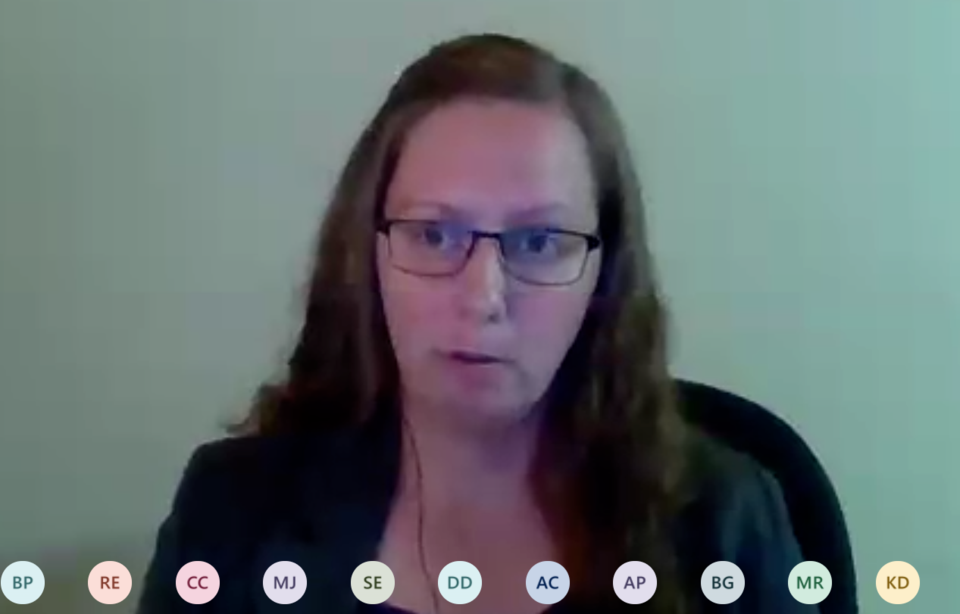A Severn Sound Environmental Association (SSEA) expert assured council this week that Midland groundwater quality and levels remain good but work needs to be done on mitigating risk from harmful industrial and commercial chemicals.
Coun. Jon Main brought forward the question around groundwater quality at a recent council meeting after Melissa Carruthers, risk management official and inspector with the SSEA, delivered a report to council.
"Are there other things we should be looking at, like you see other municipalities rolling out a watering ban," asked Main. "I don't think we have a drought. Obviously, we have high Georgian Bay water levels, but those are completely different from groundwater levels."
Carruthers said she didn't think that Midland's groudnwater is anywhere near dangerous territory at this point.
"For all of your knowledge, how those threats are dealt with, it's mostly through new development that's coming in that we we need to be more cautious about," she said. "If they're removing some of the impervious surface there is land use planning policies in the source-protection plan that dictate that generally a water balance study needs to be done so that the pre-development and post-development water levels are neutral. So far that's been a success. Those reports that have been coming through have been coming through generally balancing."
Main also asked about threats from industrial and commercial chemicals in the groundwater.
"In North Simcoe, we've experienced some groundwater contamination mostly from trichloroethylene, which is a DNAPL, a dense non-aqueous phase liquid; it's one of those (industrial) solvents," he said. "I see the DNAPL and the organic solvent is still probably one of the major threats to groundwater system. How do we go forward? Are we still seeing people use some of these threatening chemicals?"
Carruthers agreed that DNAPLs are the overwhelming majority of the (chemical) threat for the Town of Midland.
"However, it's generally a lot of commercial and retail facilities that use a mix of older and newer products," she said, adding that is why part of her role is to liaise with local businesses that use harmful chemicals and help them prepare risk management plans
"I am seeing a switch," said Carruthers. "I'm not sure if it's the supplier or the companies in general, but there are less and less of those DNAPL products out there. Once we're onsite talking to people, there hasn't been pushback to remove some of the products or to switch out to a different version of it. I think we're in fairly good shape there."
In her report she shared with council, Carruthers indicated that according to 2015 numbers, the number of threats to Midland's drinking water had gone down from 58 to 24.
Coun. Bill Gordon wanted to know what was the eventual target.
"The fact that threats are down to 50% is wonderful, but should we be at zero, and is that feasible?" he said.
Carruthers said that was the ultimate intent.
"The threat number itself won't go down to zero, unless everyone switches out and stops using DNAPLs altogether," she noted. "That might be 10 - 15 years down the line. The intent is to mitigate all those threats with a risk management plan."
Gordon said he had noted that the report also talked about de-icing being a threat.
"I'm just wondering if we do de-icing at the Huronia Airport, and if we do, what do we do to mitigate that threat to Tiny's water supply?" he asked.
Carruthers said the threats usually only apply within vulnerable areas.
"Currently, I'm not sure what they're doing for de-icing at the airport, but it hasn't been flagged as a threat," she said. "I'd have to go back and check the mapping to see if it falls within one of those vulnerable areas. I'm under the impression it doesn't meet circumstances to trigger a threat."



